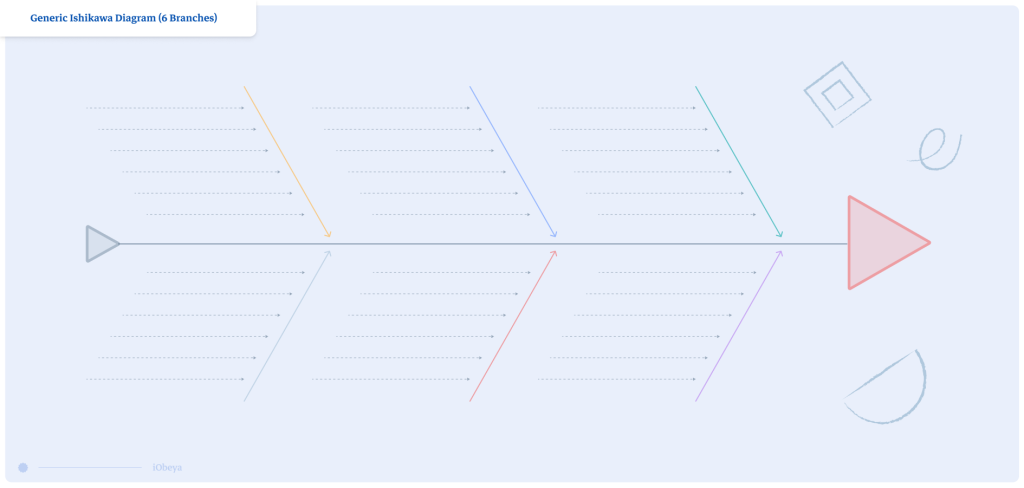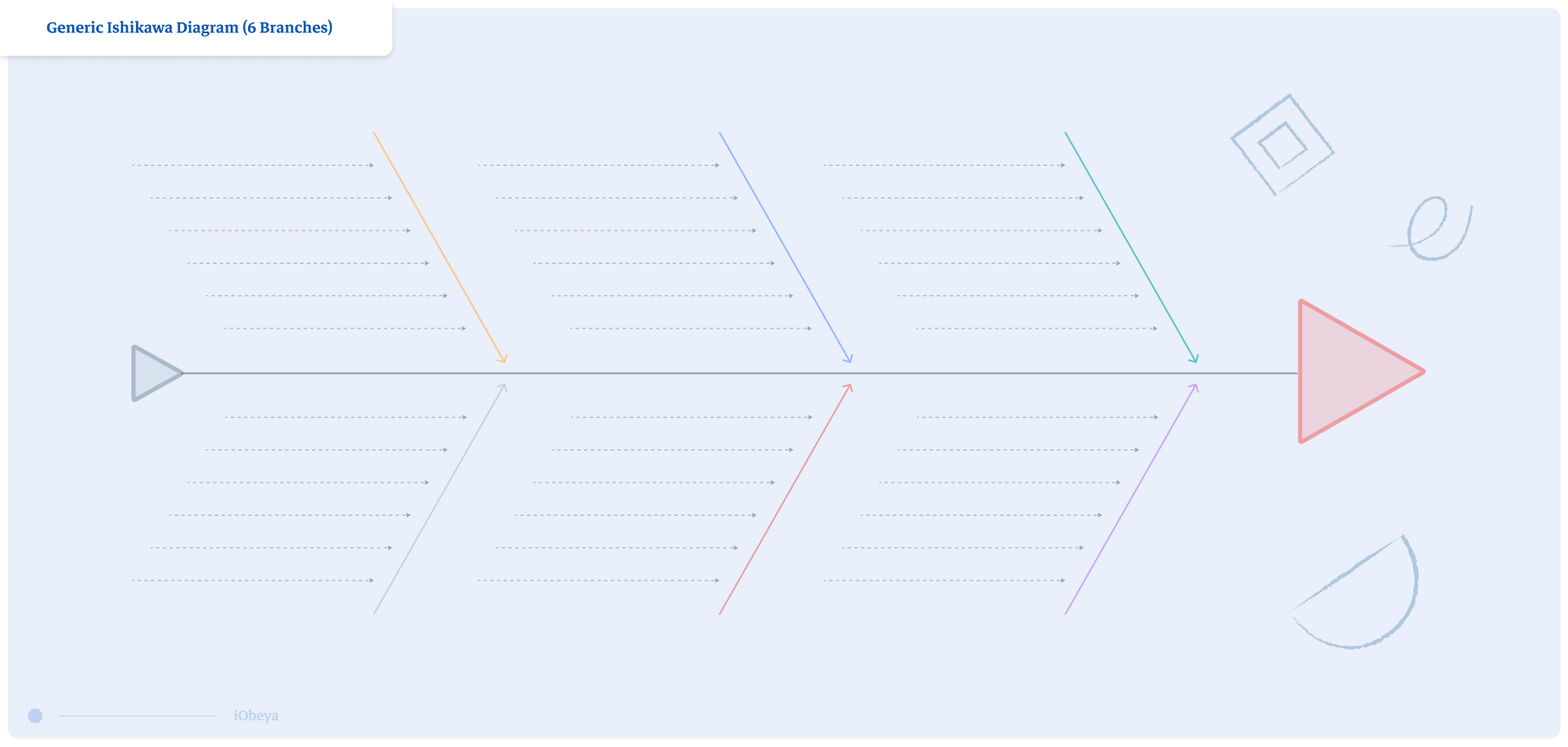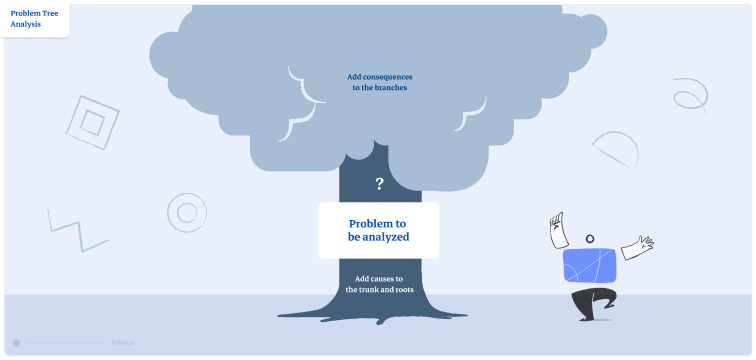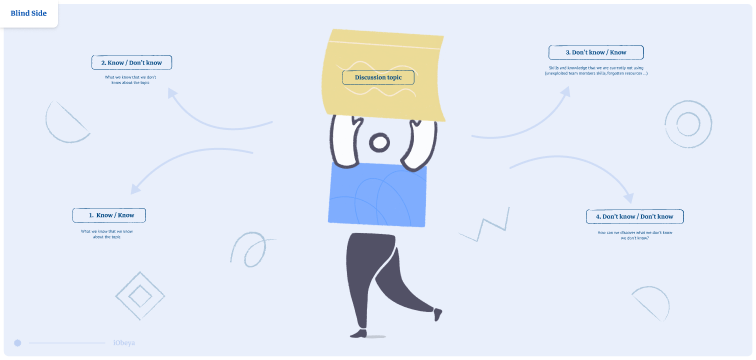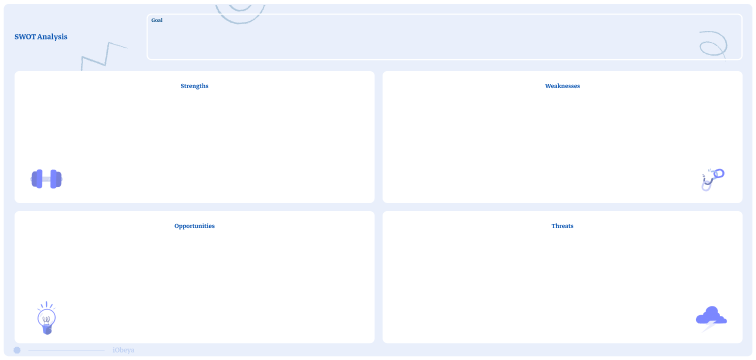What is an Ishikawa?
The Ishikawa diagram, also known as a fishbone diagram or cause-and-effect diagram, was coined by Kaoru Ishikawa, a well-known Japanese quality management specialist. His intention was to identify the root causes of a problem or event by organizing and analyzing information in a visual manner.
Because of its design, the model is also called a fishbone diagram. Each of the fishbones here stands for one of the main causes of the problem to be analyzed. It allows not only to look more closely at the different factors, but also to understand the mutual effects of these factors.
Why is an Ishikawa used?
Ishikawas are used for quality management and problem solving. The diagram helps to organize and visualize the various factors that contribute to the problem, allowing teams to analyze data, identify patterns and relationships, and brainstorm potential solutions. It is a useful tool in quality control, root cause analysis, and continuous improvement initiatives.
Who uses an Ishikawa?
Ishikawa were created for the car industry but are applicable to all sectors. It can be used by any team trying to resolve a problem.
How to set up an Ishikawa board in iObeya?
To set up an Ishikawa board in your digital Obeya, follow these steps:
- Enter your room, then click Configure the room at the bottom right of the screen.
- Add a blank board to your room.
- Select theIshikawa background from the background catalog.
- Define your fishbone categories and add labels from the tool catalog. place de labels accordingly on the board.
- Customize your tool dock with a set of Notes renamed after your categories.
- Your board is now ready to be used.
Pro Tips on how to set up an Ishikawa
After clearly defining the problem you want to analyze, launch a brainstorming session using the notes from your dock. Once the brainstorming is over, review the notes. At the end of your ishikawa workshop you can compile information in a Problem Solving Card and start defining actions.


